Blog
Choosing the right lithium solar battery, solar inverters and home battery backup is not an easy task, from the model number to the variety of parameters that will dazzle you, read our guide, these blog posts will help you.
Choosing the right lithium solar battery, solar inverters and home battery backup is not an easy task, from the model number to the variety of parameters that will dazzle you, read our guide, these blog posts will help you.
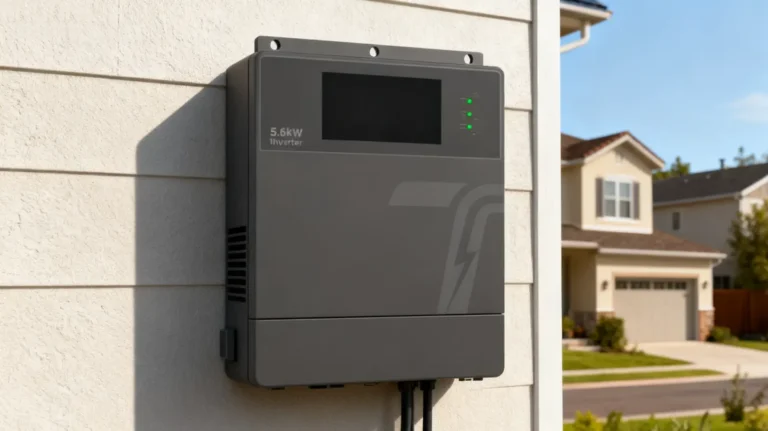
Walk through a suburban neighborhood today and you’ll notice something different on rooftops. Solar panels aren’t the only upgrade catching attention.
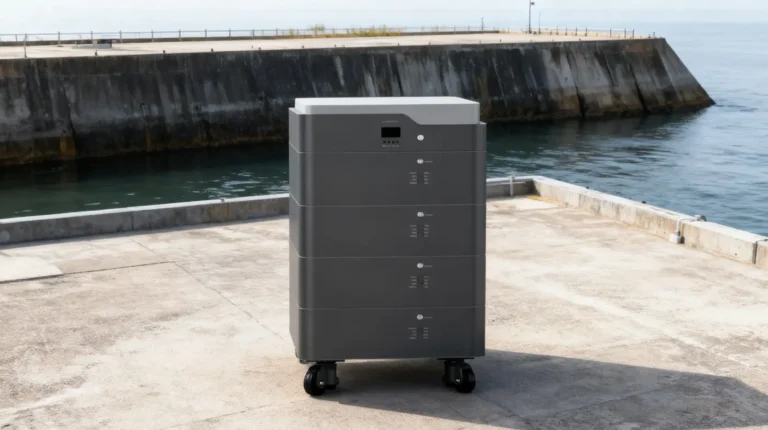
When storms hit, grids fail, or wildfires force evacuations, municipal emergency shelters have one job—stay open and keep people safe. But lights, HVAC, water pumps, and medical equipment don’t run on hope.
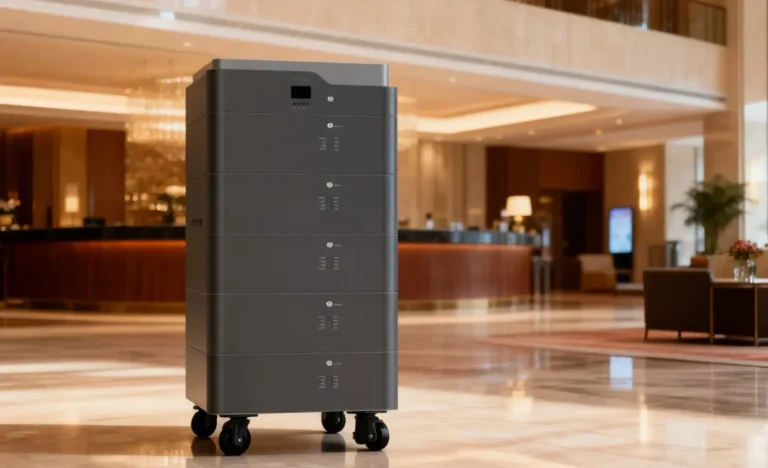
Walk into any modern hotel lobby and you’ll notice something: lights, elevators, HVAC systems, charging stations, and kitchens all pulling power at the same time. Electricity isn’t just a bill—it’s one of the biggest operating costs.

Imagine running a luxury island resort where guests expect flawless service. The sunsets are stunning, the beaches are endless, but the electricity supply? Often unstable, costly, and tied to imported diesel.
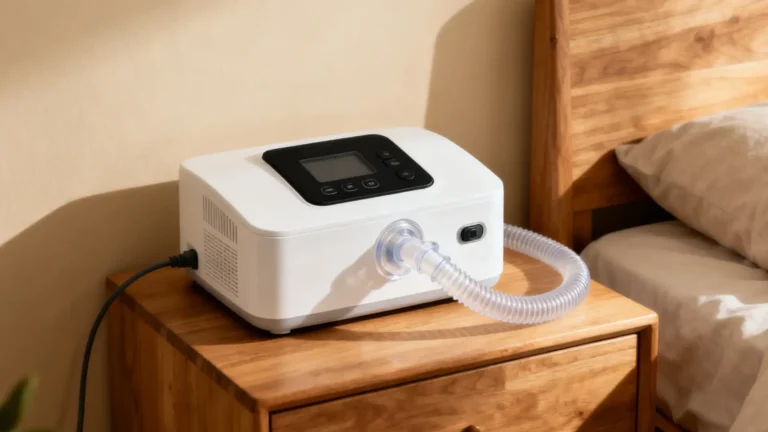
Imagine a hospital during a sudden blackout. Monitors stop blinking, ventilators go silent, and medication coolers start warming. It’s not just inconvenient—it’s dangerous. Even short power cuts can put patients at risk. That’s why backup batteries have become essential for both hospitals and home care.
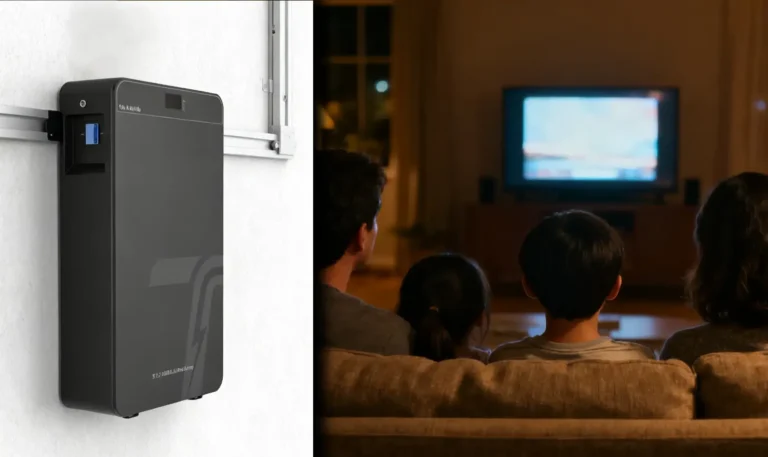
When you install a large backup battery system, you’re not just adding extra power. You’re plugging into a complex web of safety codes, utility rules, and national standards. Missing a single step can lead to failed inspections, higher insurance costs, or worse—serious safety risks.

Picture a small rural school in sub-Saharan Africa. Lessons stop once the sun goes down. Computers sit idle because there’s no reliable power. According to UNICEF, more than half of schools in countries like Zambia still operate without electricity.
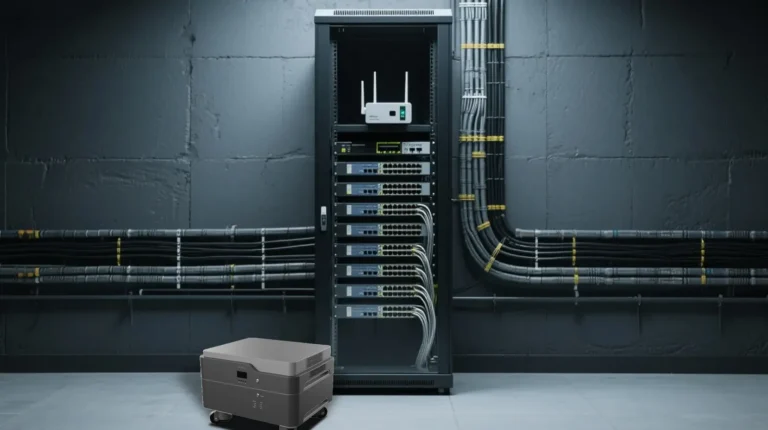
When the grid blinks, your ATM screen shouldn’t. Customers don’t care why power dropped; they care that cash still comes out and payments still go through. That’s exactly what a backup battery does for a branch: it buys you time.
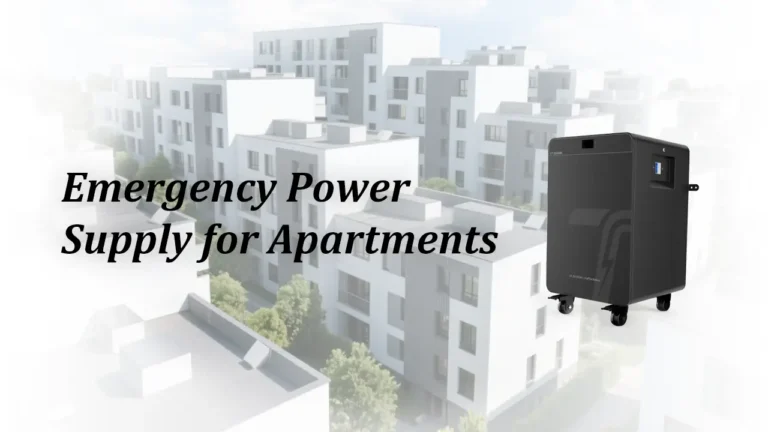
When the lights go out in a high-rise, it’s more than a minor inconvenience. Elevators stop, hallway lights vanish, and security systems may fail. That’s why solar battery isn’t just “nice to have” in multi-story buildings—it’s a necessity.
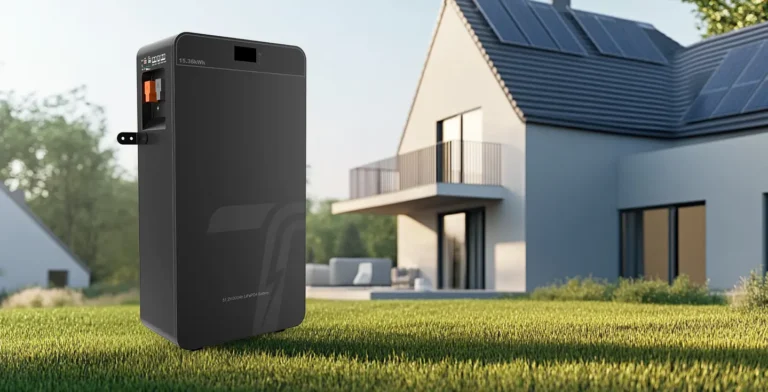
Peak load management isn’t complicated. The rules are clear: avoid letting your 15-minute average hit too high, and your bill stays lean. A 51.2V 15.36kWh battery gives you the right balance—enough power to cut peaks, enough energy to last through them, and the scalability to grow as your demand grows.